If you are working on a similar system, here is a link to the GIT Repository for my Marlin. I went with a Clone as opposed to a Fork. I'm only planning to apply hardware specific changes and once the printer is working as desired, not update again. That is unless something AMAZING is added to Marlin.
Taz 5 BTT SKR 3 Refit
Lulzbot Taz 5 rebuild with a BigTreeTech SKR 3 and 5160 Drivers
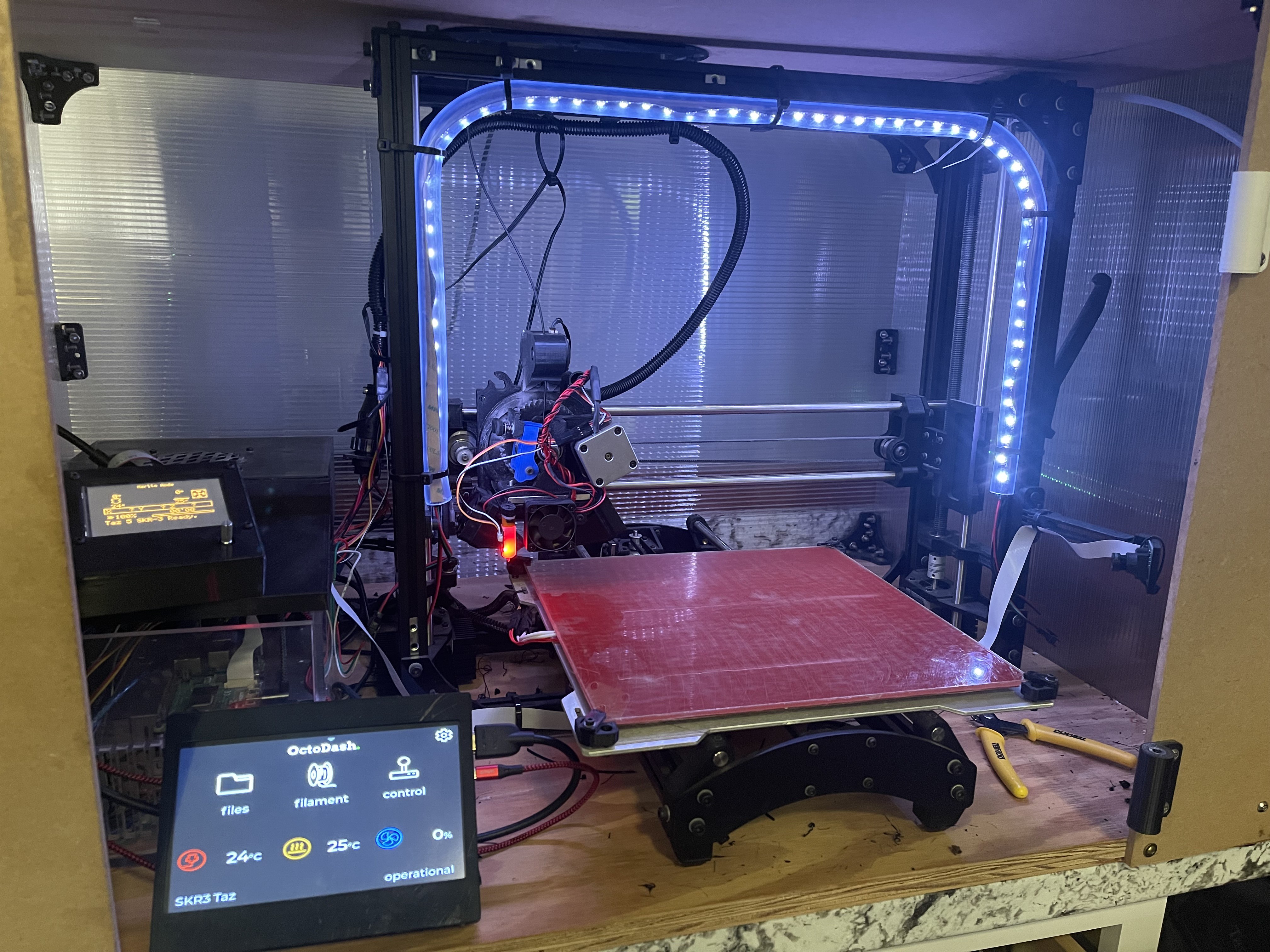
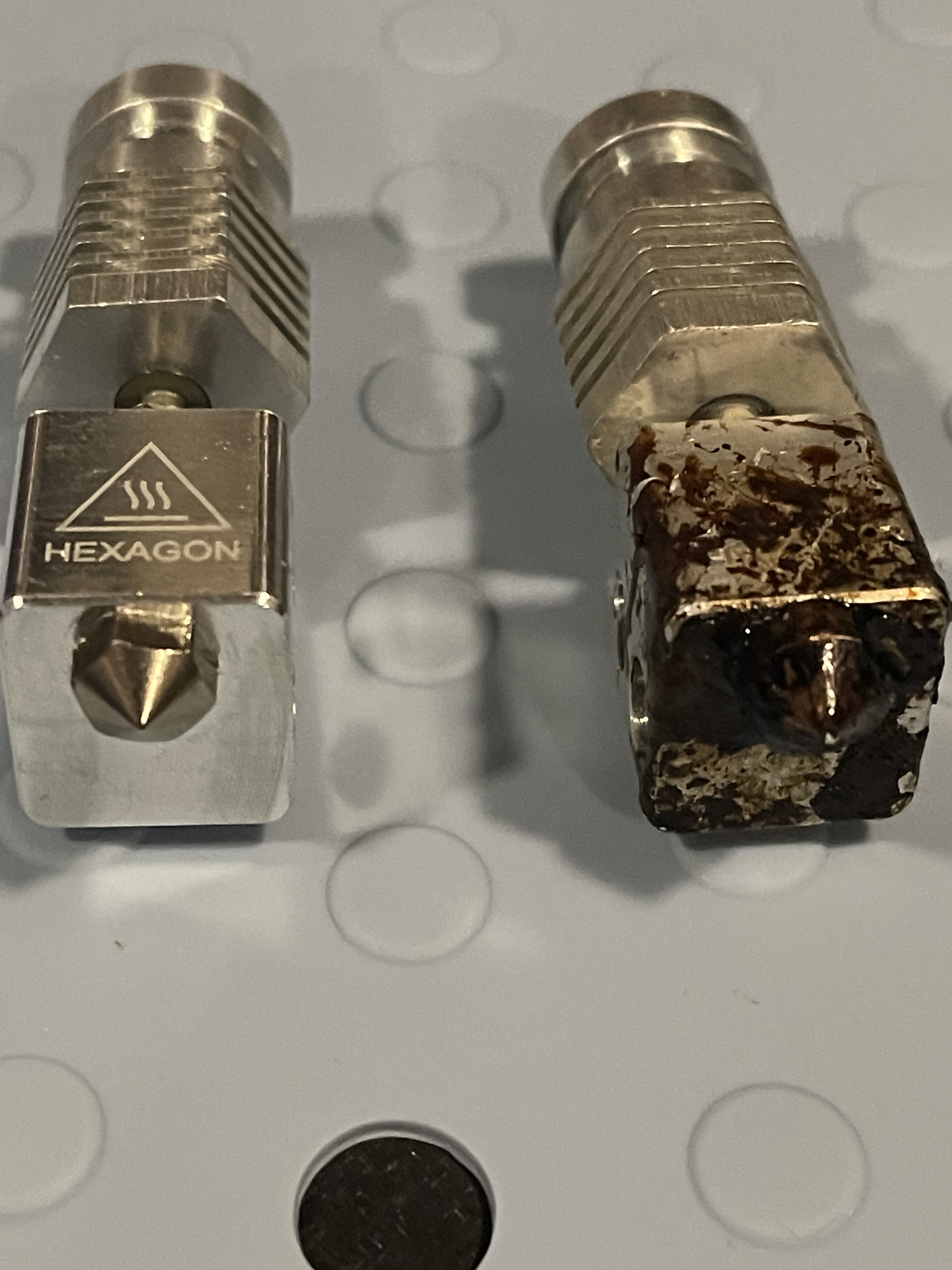
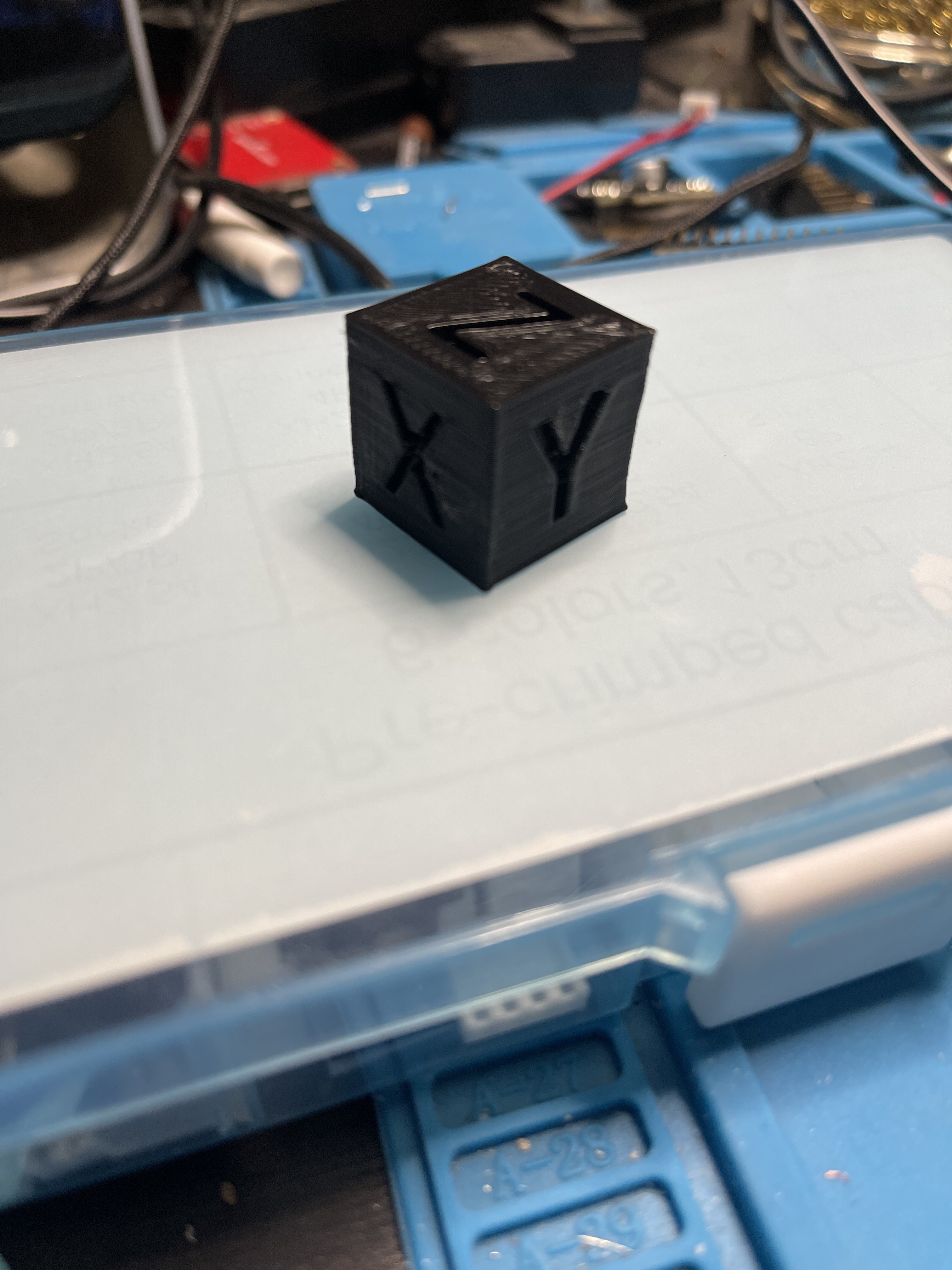
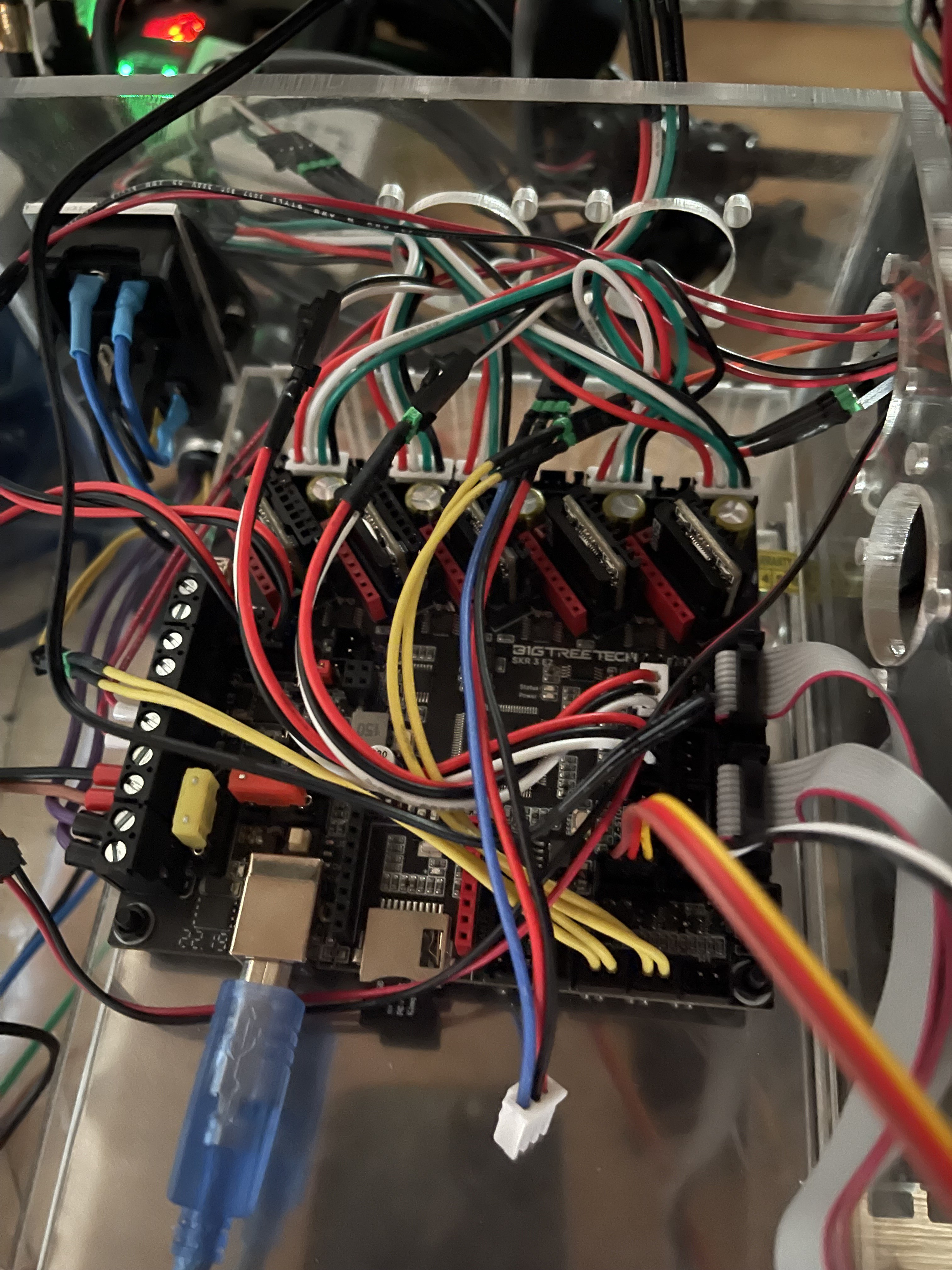
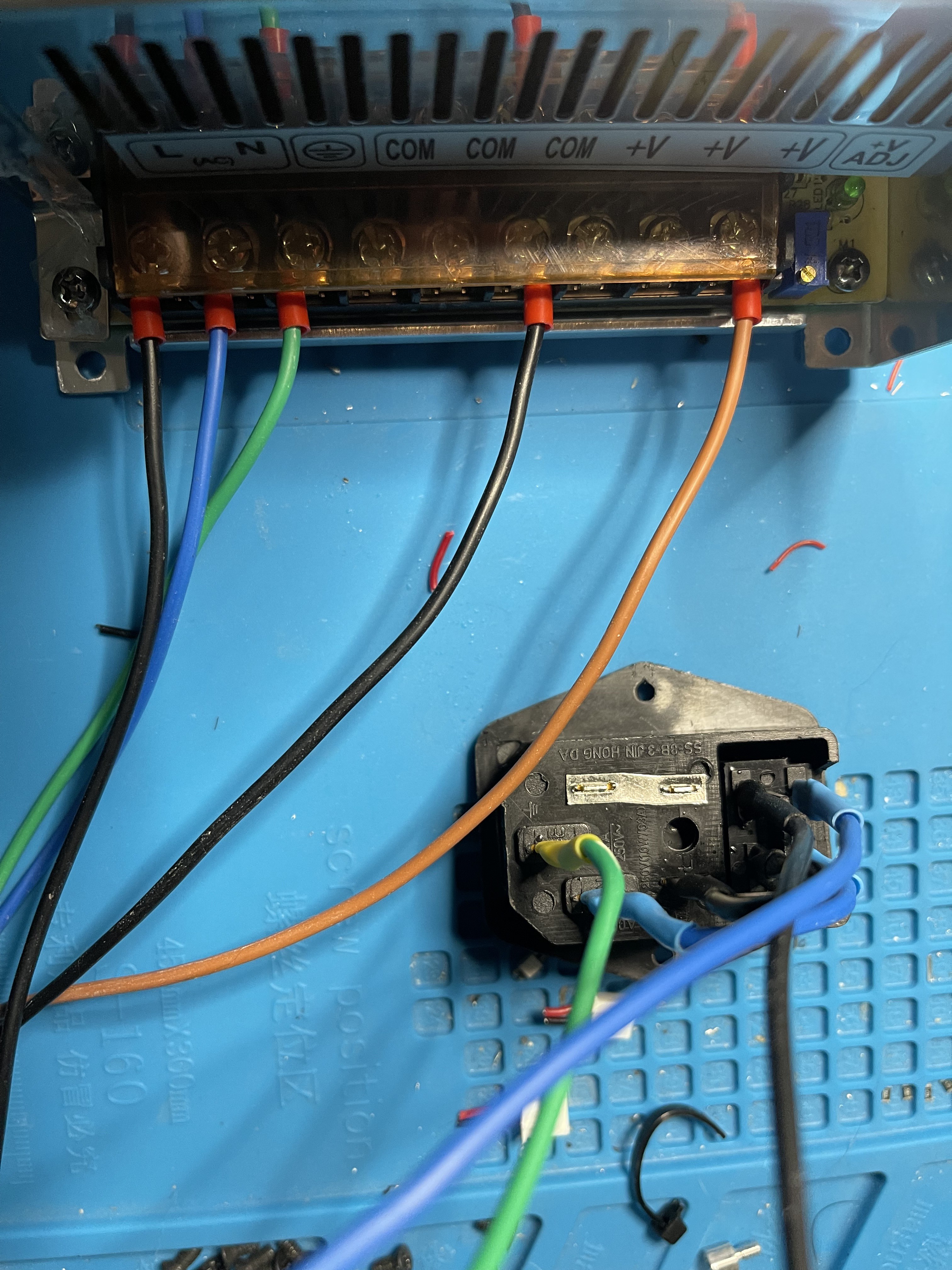
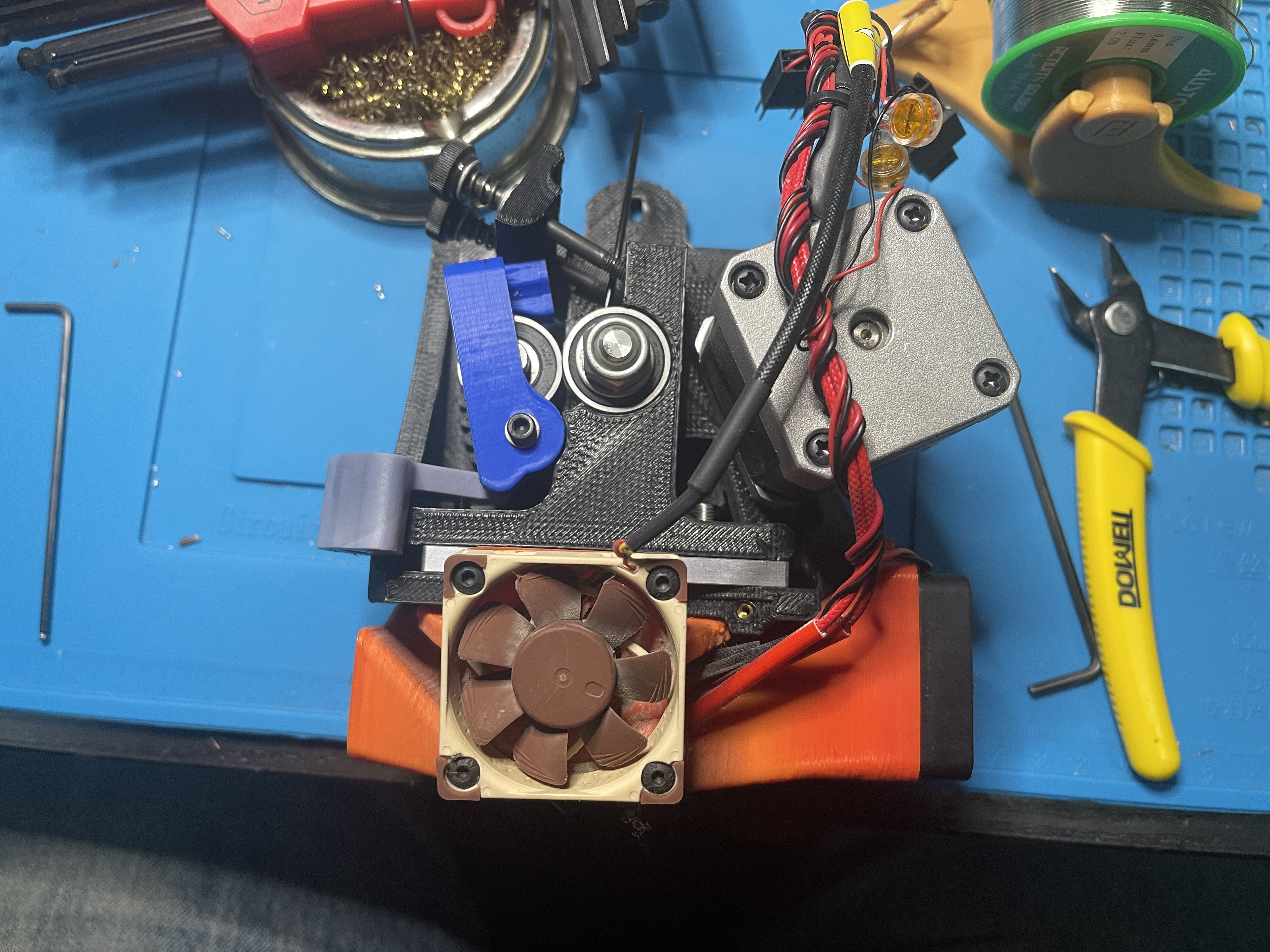
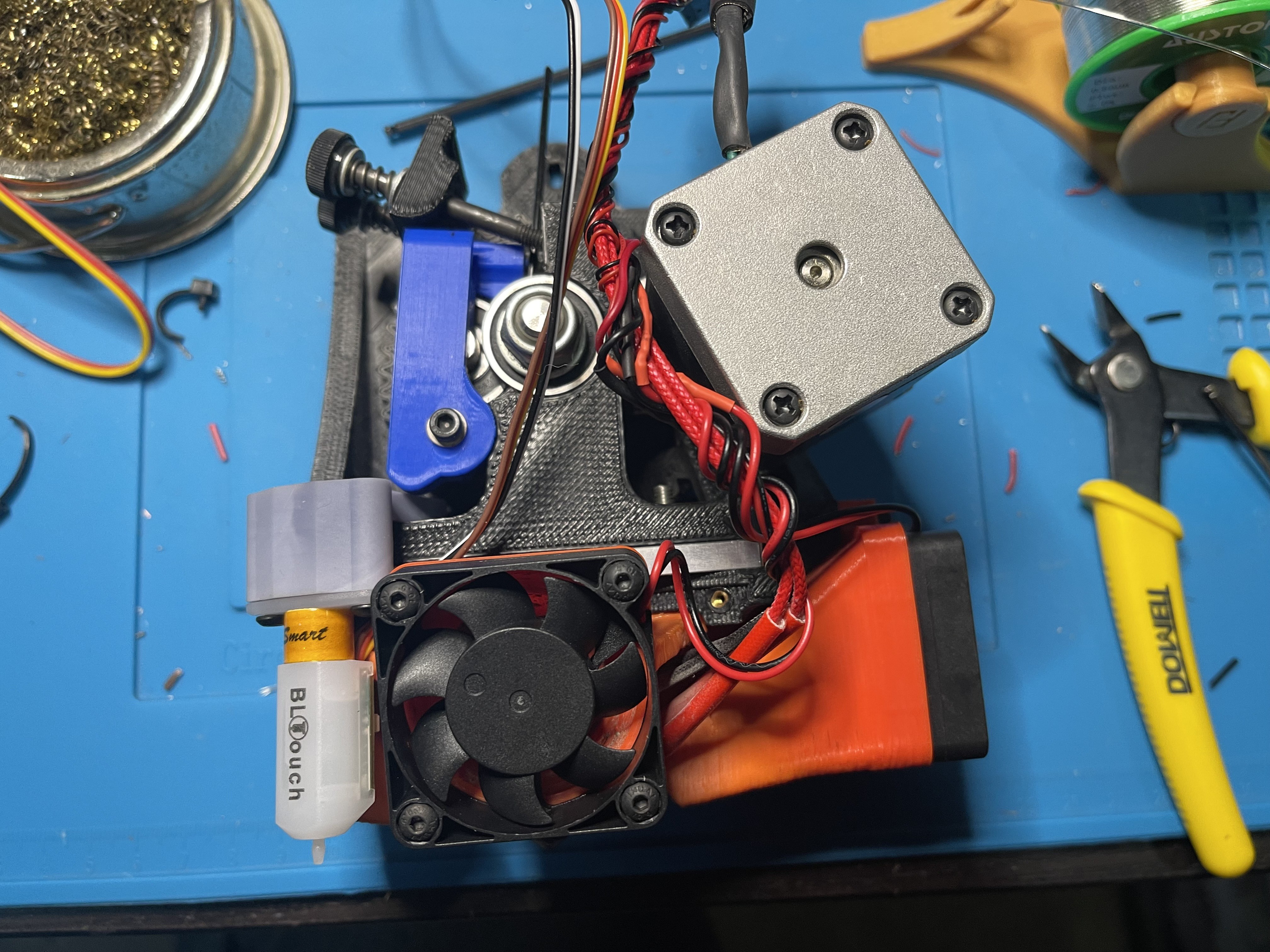
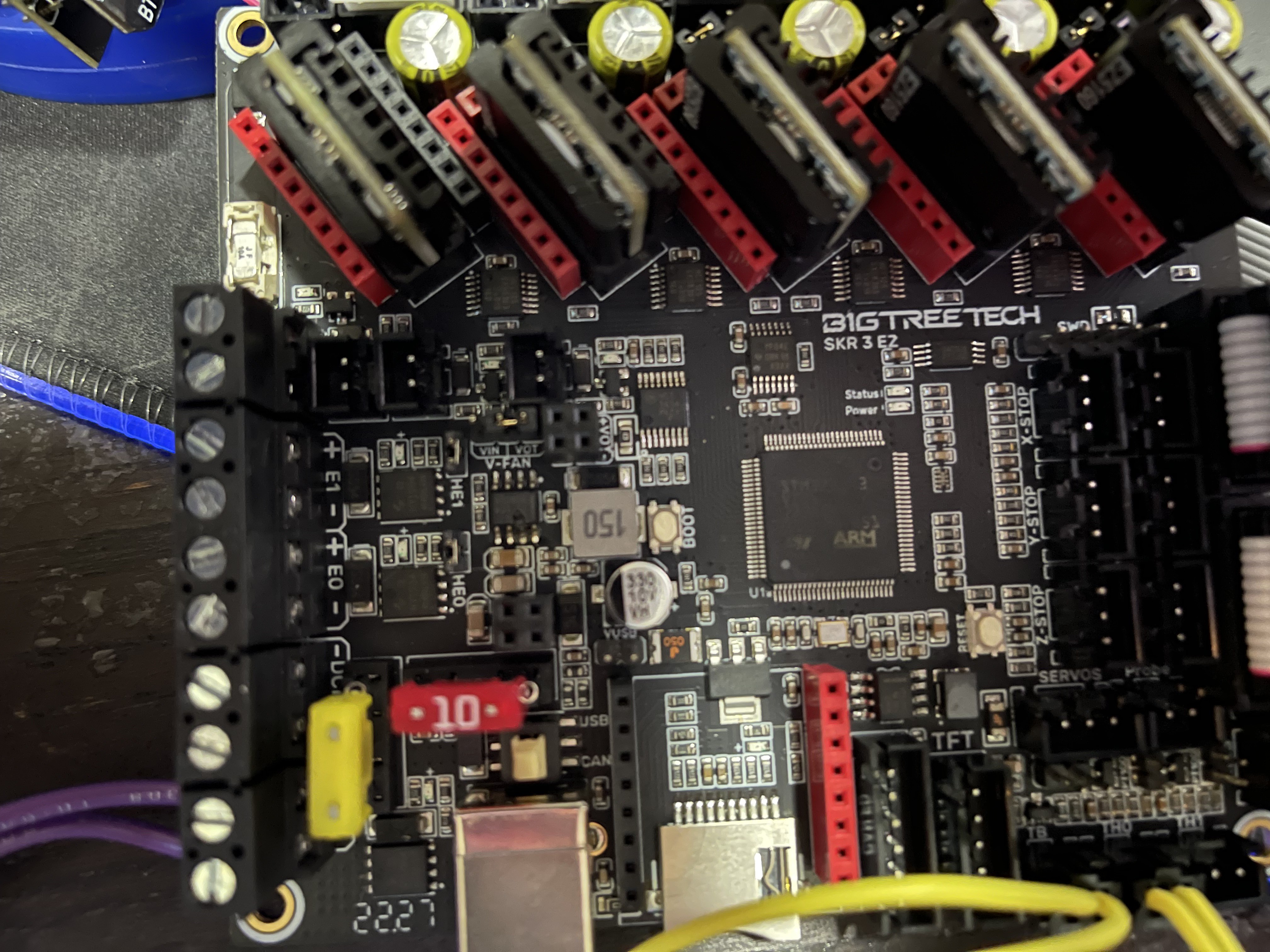
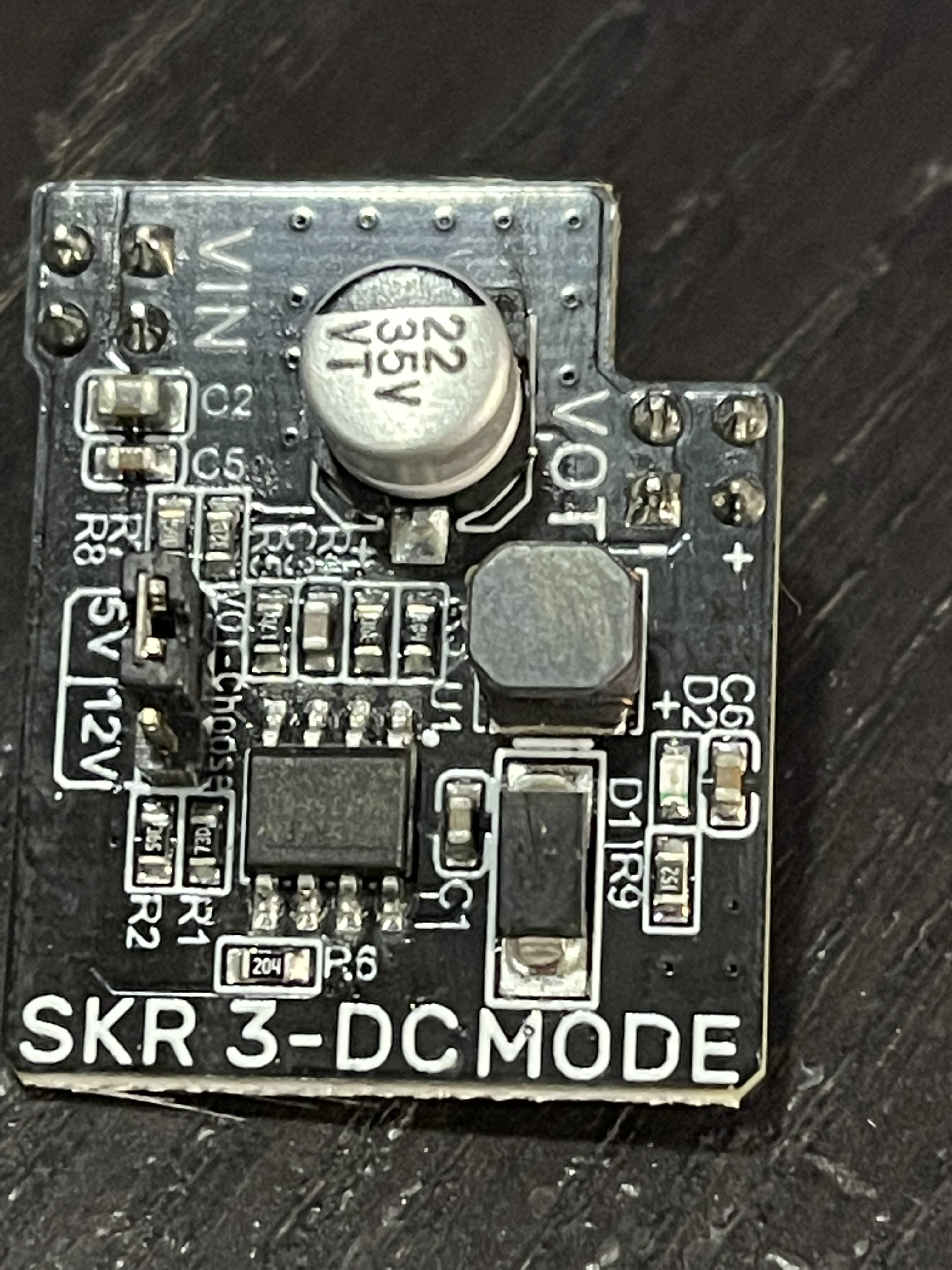
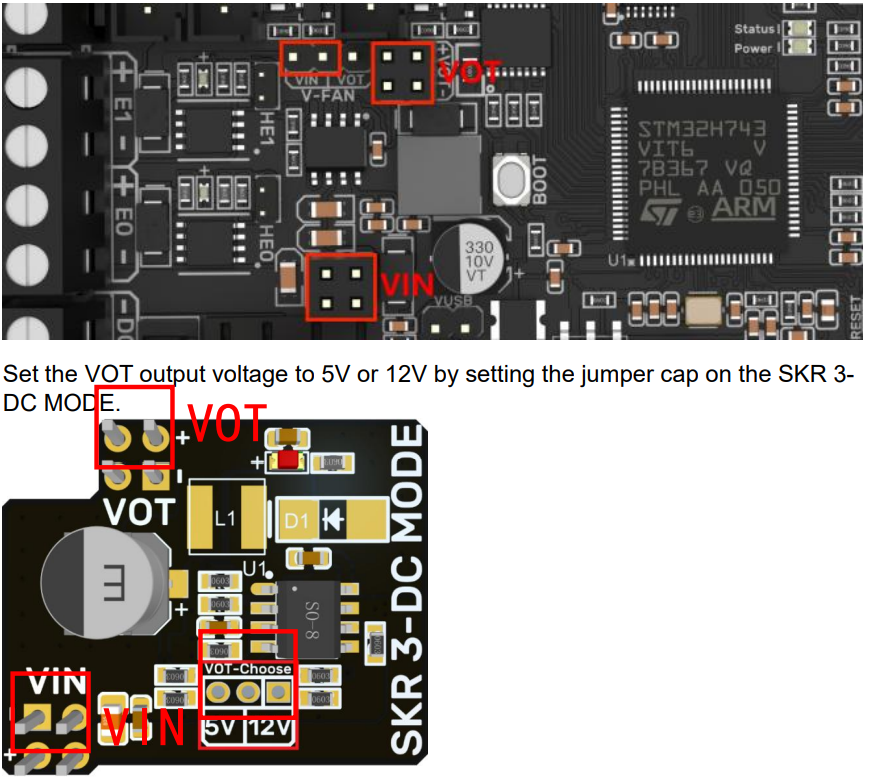
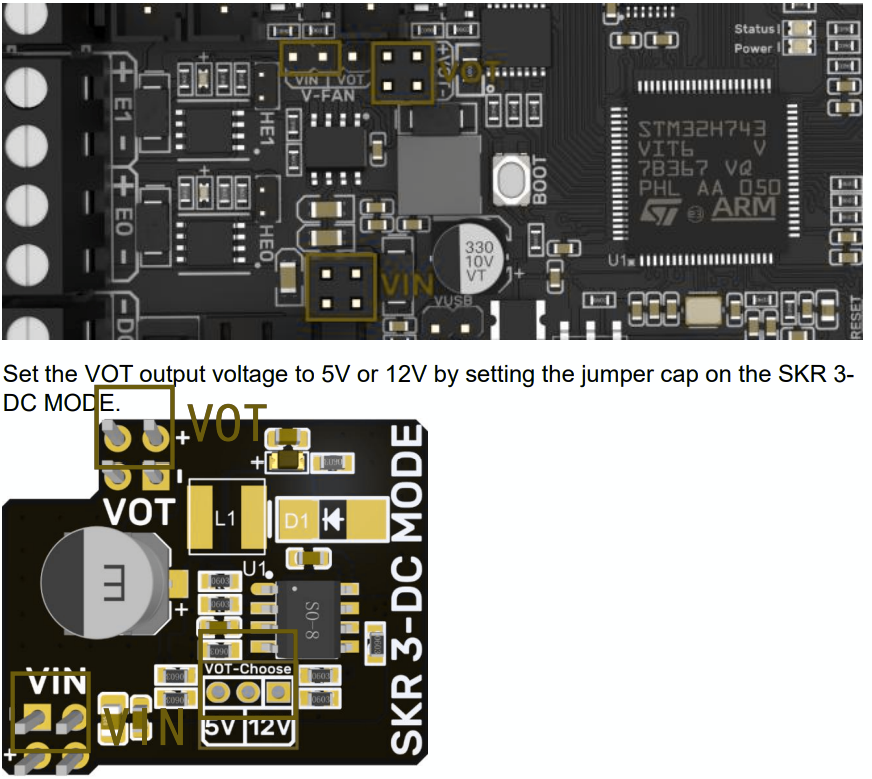
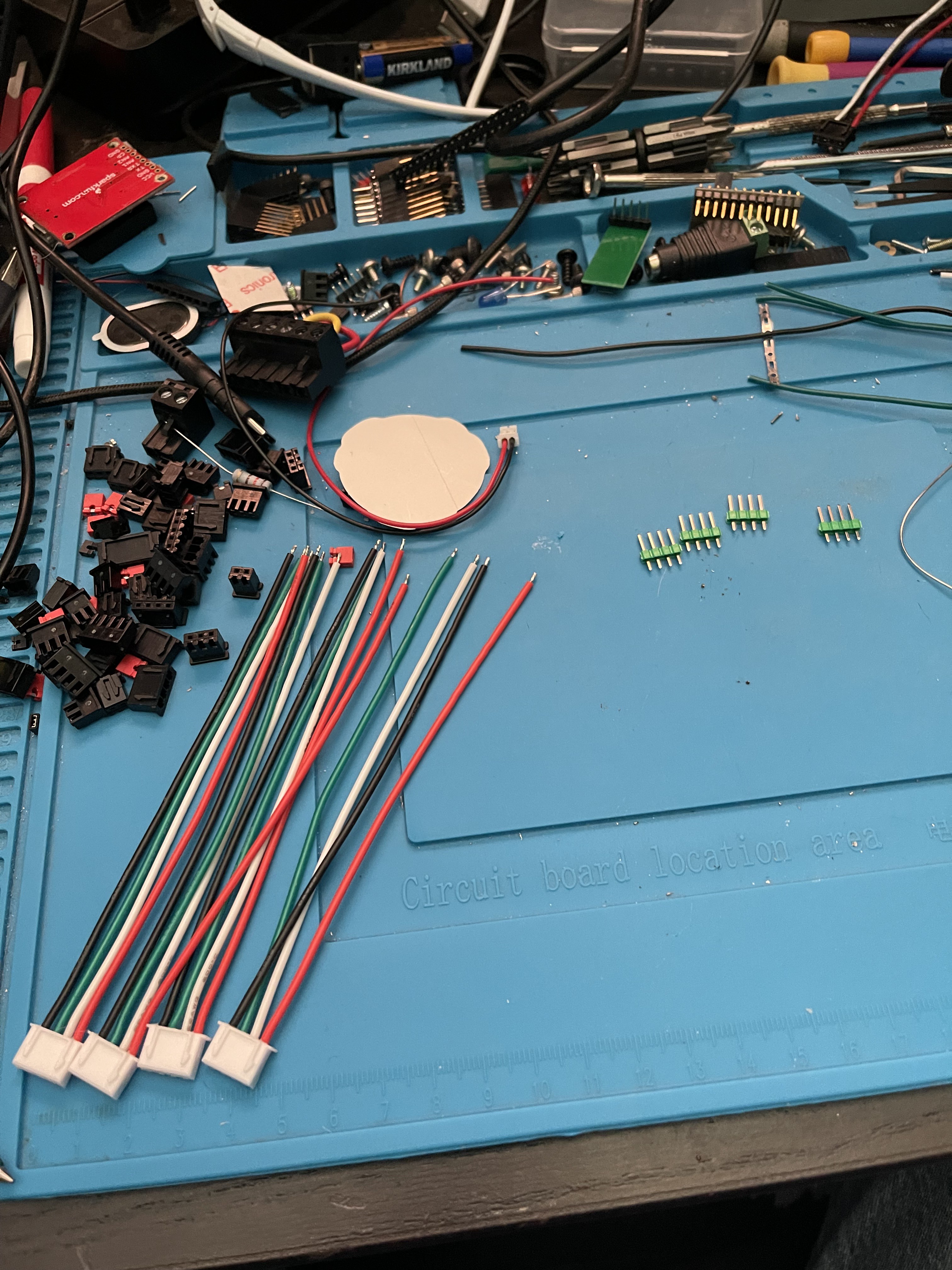
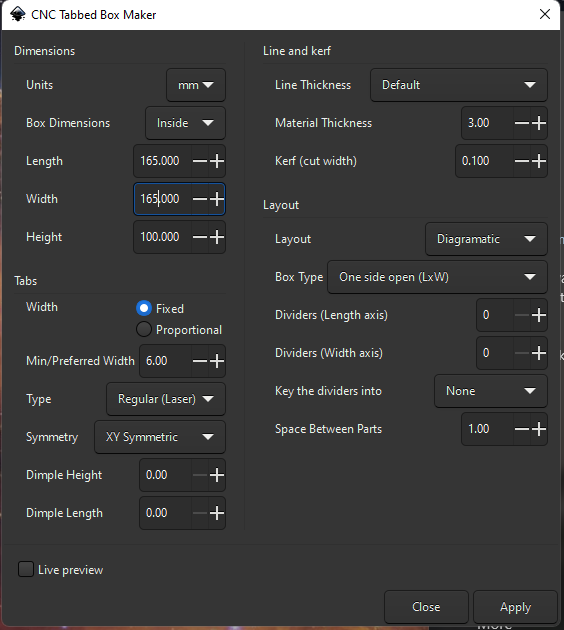
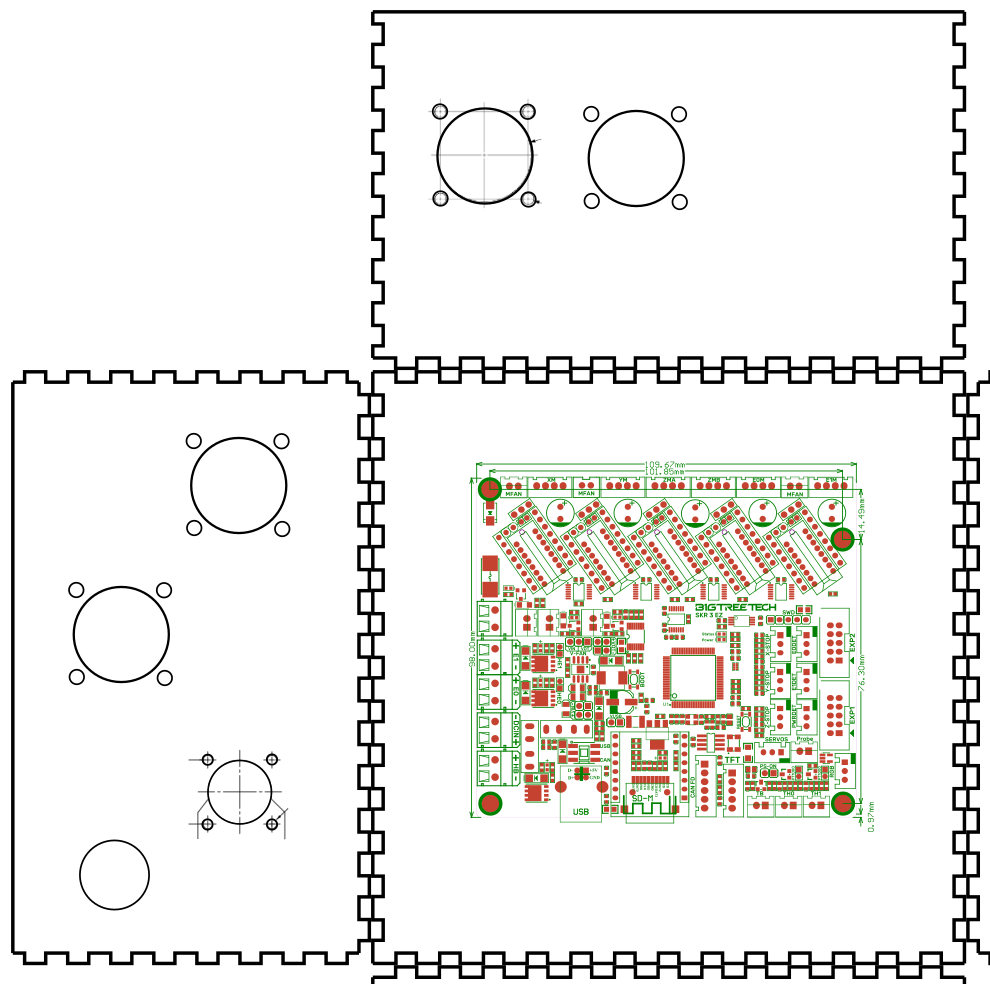
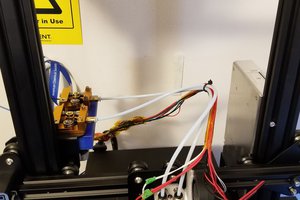
 P
P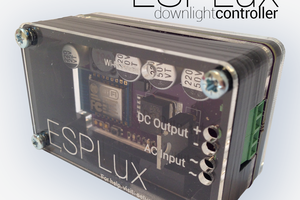
 Matt
Matt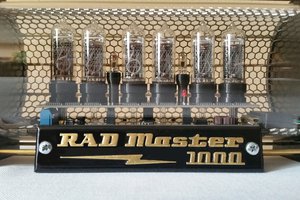
 core weaver
core weaver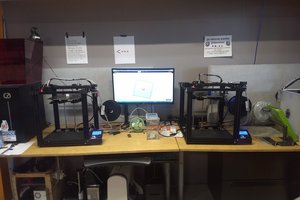
 cprossu
cprossu
I switched to a BTT Octopus board with BLtouch and Klipper and Hemera Evo, it works beautifully.